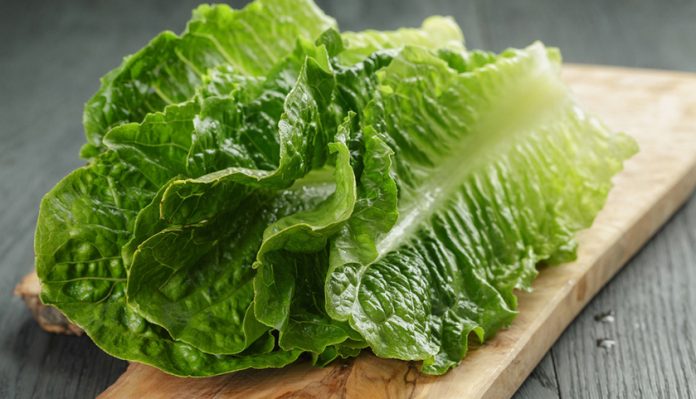
Based on new information, Centers for Disease Control (CDC) is expanding its warning to consumers to cover all types of romaine lettuce from the Yuma, Ariz. growing region. This warning now includes whole heads and hearts of romaine lettuce, in addition to chopped romaine and salads and salad mixes containing romaine.
Do not buy or eat romaine lettuce at a grocery store or restaurant unless you can confirm it is not from the Yuma, Ariz., growing region.
Unless the source of the product is known, consumers anywhere in the United States who have any store-bought romaine lettuce at home should not eat it and should throw it away, even if some of it was eaten and no one has gotten sick. Product labels often do not identify growing regions; so, throw out any romaine lettuce if you’re uncertain about where it was grown. This includes whole heads and hearts of romaine, chopped romaine, and salads and salad mixes containing romaine lettuce. If you do not know if the lettuce is romaine, do not eat it and throw it away.
Restaurants and retailers should not serve or sell any romaine lettuce from the Yuma, Ariz. growing region.
The expanded warning is based on information from newly reported illnesses in Alaska. Ill people in Alaska reported eating lettuce from whole heads of romaine lettuce from the Yuma, Ariz. growing region.
Highlights
Information collected to date indicates that romaine lettuce from the Yuma, Ariz. growing region could be contaminated with E. coli O157:H7 and could make people sick.
At this time, no common grower, supplier, distributor, or brand has been identified.
Do not buy or eat romaine lettuce at a grocery store or restaurant unless you can confirm it is not from the Yuma, Ariz., growing region.
Unless the source of the product is known, consumers anywhere in the United States who have any store-bought romaine lettuce at home should not eat it and should throw it away, even if some of it was eaten and no one has gotten sick. Product labels often do not identify growing regions; so, throw out any romaine lettuce if you’re uncertain about where it was grown. This includes whole heads and hearts of romaine, chopped romaine, and salads and salad mixes containing romaine lettuce. If you do not know if the lettuce is romaine, do not eat it and throw it away.
Advice to Restaurants and Retailers:
Restaurants and retailers should not serve or sell any romaine lettuce from the Yuma, Ariz. growing region. This includes whole heads and hearts of romaine, chopped romaine, and salads and salad mixes containing romaine lettuce.
Restaurants and retailers should ask their suppliers about the source of their romaine lettuce.
CDC, public health and regulatory officials in several states, and the U.S. Food and Drug Administration are investigating a multi-state outbreak of Shiga toxin-producing Escherichia coli O157:H7 (E. coli O157:H7) infections.
- 53 people infected with the outbreak strain of E. coli O157:H7 have been reported from 16 states.
- 31 people have been hospitalized, including five people who have developed a type of kidney failure called hemolytic uremic syndrome.
No deaths have been reported.
This investigation is ongoing, and CDC will provide updates when more information is available.
– from the Centers for Disease Control
© 2018 Metro Monthly. All rights reserved.






